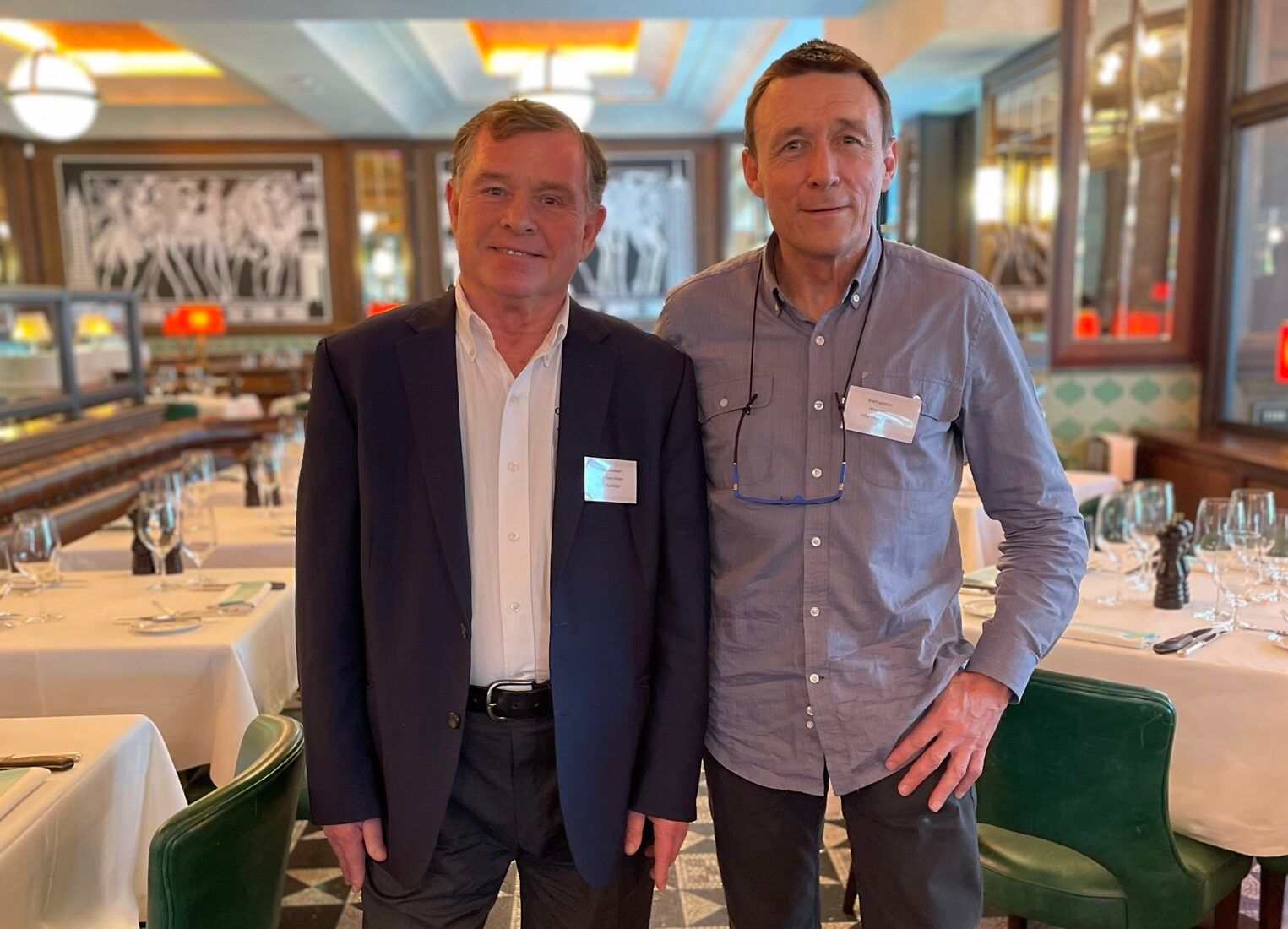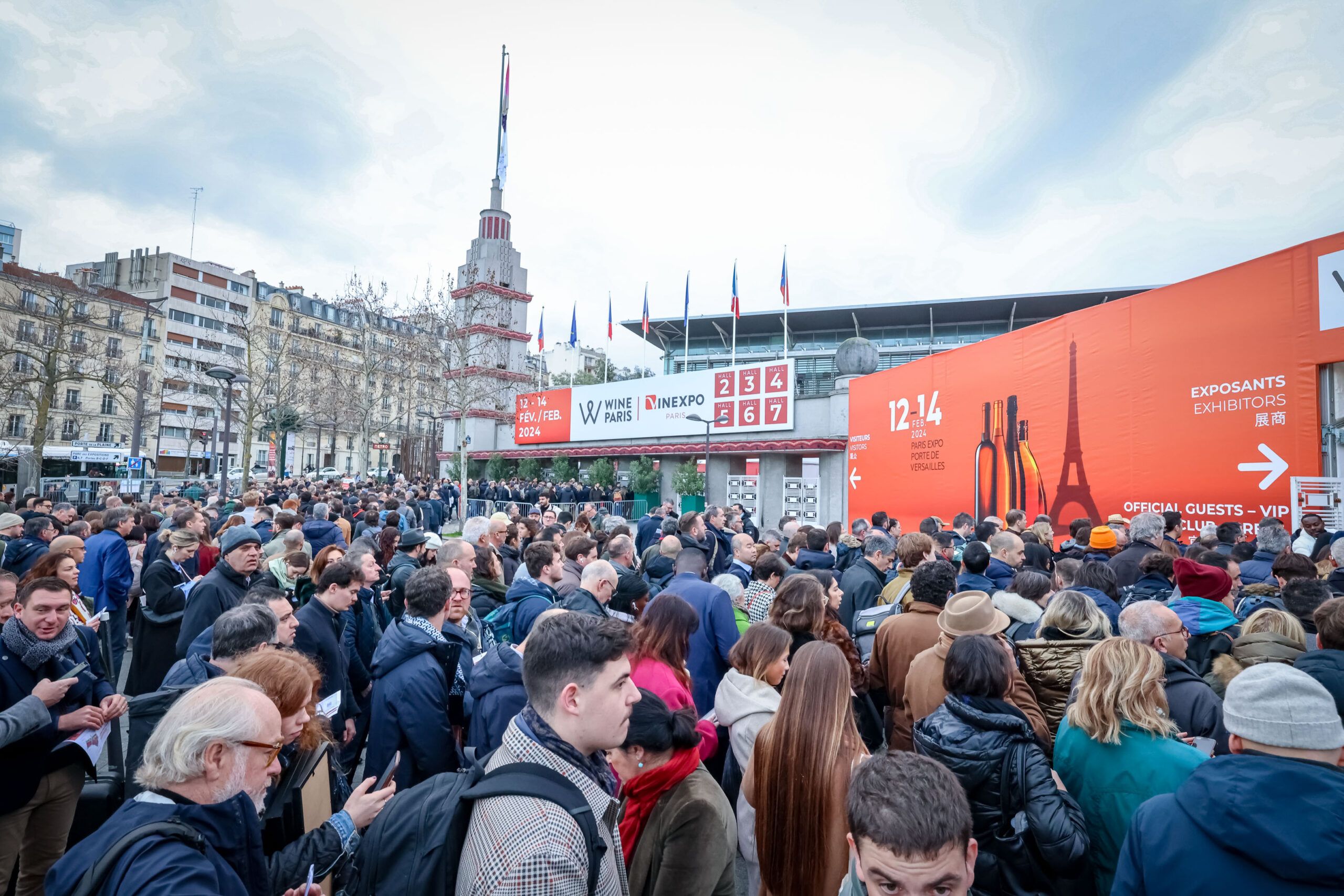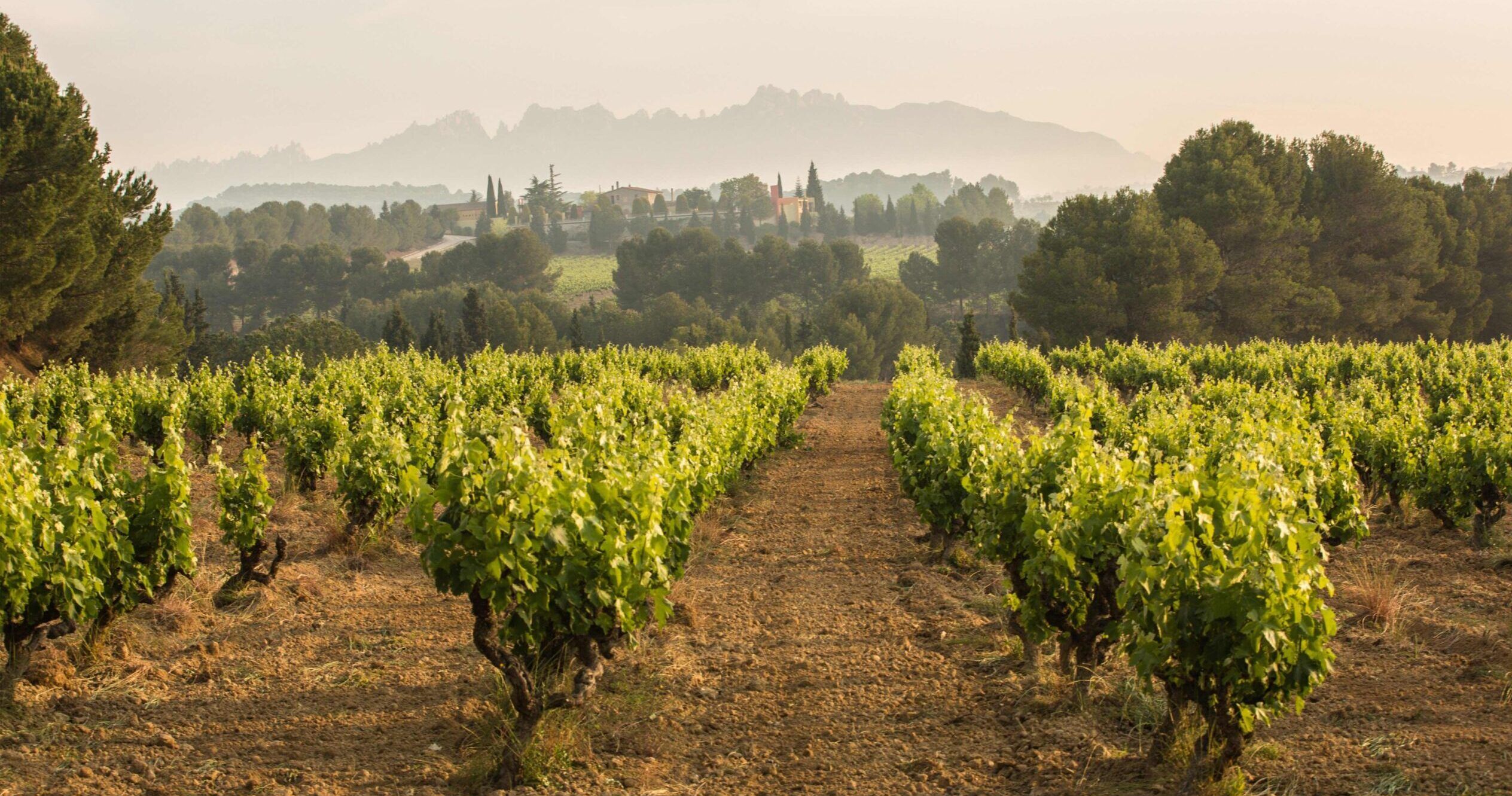In 2021, I wrote a piece for the Spectator entitled 'How Argentina conquered Malbec'. I might just have easily cited Chile. The back story of Malbec's unlikely journey from Cahors to Chile to Argentina in the hands of a French agronomist from Tours is a good one. Human struggle drove Malbec's exodus to the promised lands of South America, and everyone from Eleanor of Aquitaine to Napoleon III played a part.
Thanks to copper, gold, and nitrate reserves, Chile became richer than Sweden and twice as prosperous as Japan in the mid-19th century. A newly established landed Bourgeoisie looked to France and Paris for cultural inspiration. A fashion for establishing aristocratic Bordeaux-style wine estates developed, and French agronomists became de rigueur.
The Quinta Normal de Santiago was modelled on similar Parisian institutions (like the École Normale Supérieure) to study the potential of new species in Chile, including vines. Viu Manent’s old Malbec vines came from Quinta Normal, where the now-famous agronomist from Tours, Michel Aimé Pouget, first planted Malbec.
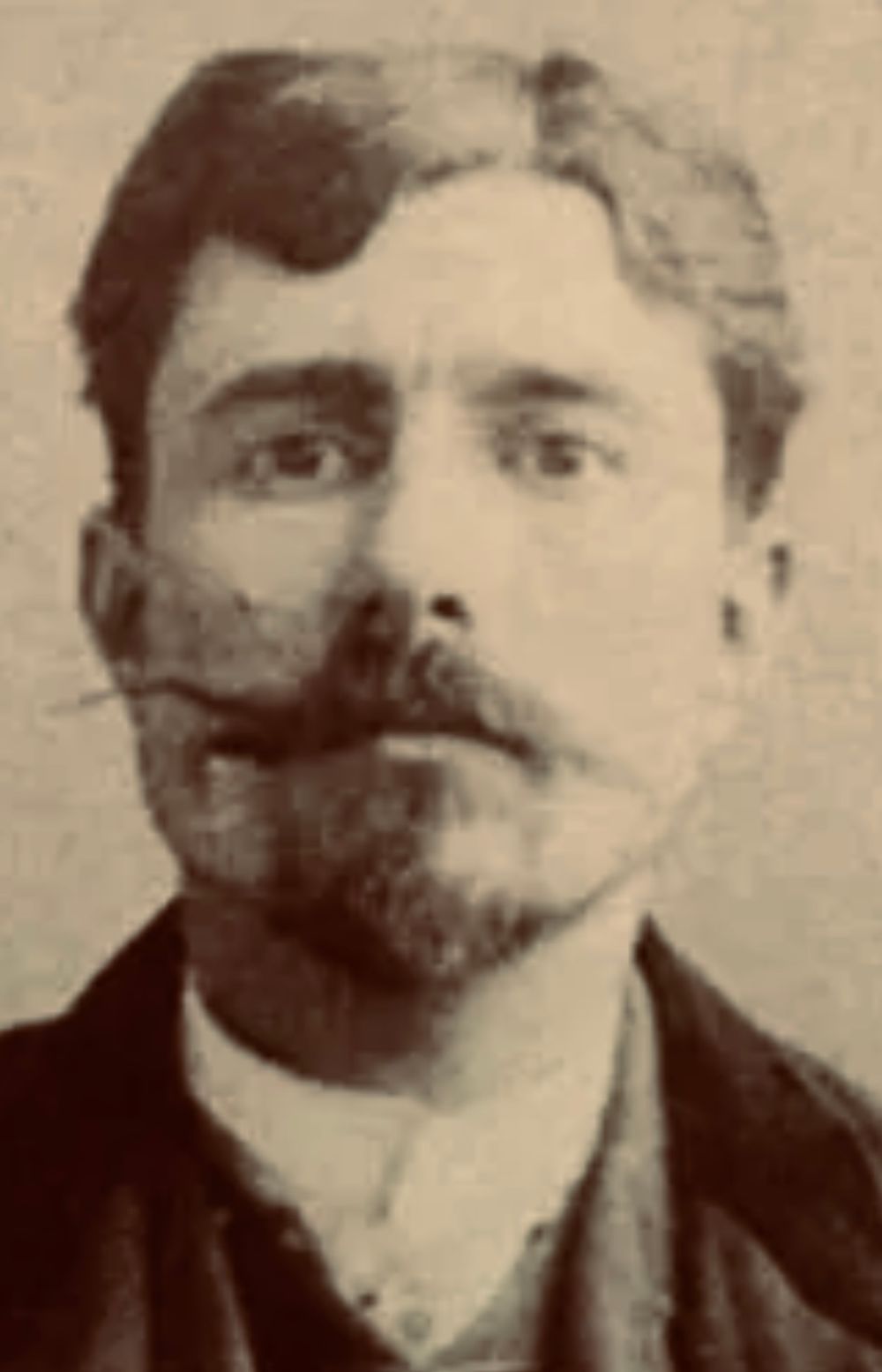
Michel Aimé Pouget - father of Malbec
Later, when Pouget was tempted across the border to Mendoza to run the new Argentinian Quintas Normales in 1853, he took Malbec cuttings with him. World Malbec Day on April 17th marks the date Pouget arrived in Argentina.
Malbec, Côt, Pressac, or Auxerrois most likely came to Cahors, 300km north of the Pyrenees, in the satchel of a Roman legionary. Eleanor of Aquitaine, the brilliant wife of King Henry II, brought Malbec to British palates when she established the wine trade in London.
London was already the biggest city in Europe when Eleanor made it her court. Having schlepped to Jerusalem on a disastrous crusade with her ex, King Louis, she is said to have imported sugar, spinach, cumin, saffron, and ginger back into England, thus enriching the bland lives of pallid Brits evermore.
As queen of England, Eleanor forged strong trade bonds with France, facilitating the import of ‘black wines’ from Cahors. London loved these Malbec-dominated vinous elixirs and readily turned their tastes toward the ports of Nantes, La Rochelle, and Bordeaux.
The nineteenth century witnessed a significant decline in Malbec's popularity as other varieties gained favour. The devastating effects of phylloxera and frost further compounded the situation for European plantings. However, by this time, Michel Aimé Pouget had already introduced Malbec to Argentina and Chile, setting the stage for its resurgence.
Pouget, a Republican, left France when Napoleon III won power and established his vaguely mystical authoritarian rule. He found Malbec ripened easily 6000 miles from its frosty French home.
Today, Chile produces more Bordeaux blends than Argentina. The wines are velvety and ripe, fresh and structured, more elegant than they used to be, thanks to cooler plantings at altitude and less oak.
Chile also has a long-established gourmet wine route thanks to a youthful Jose Miguel Viu Bottini, third generation co-owner of Viu Manent who, at the tender age of 26, inspired by his time in California, created The Colchagua Wine Route.
Wine tourism and a change of philosophy at Viu Manent
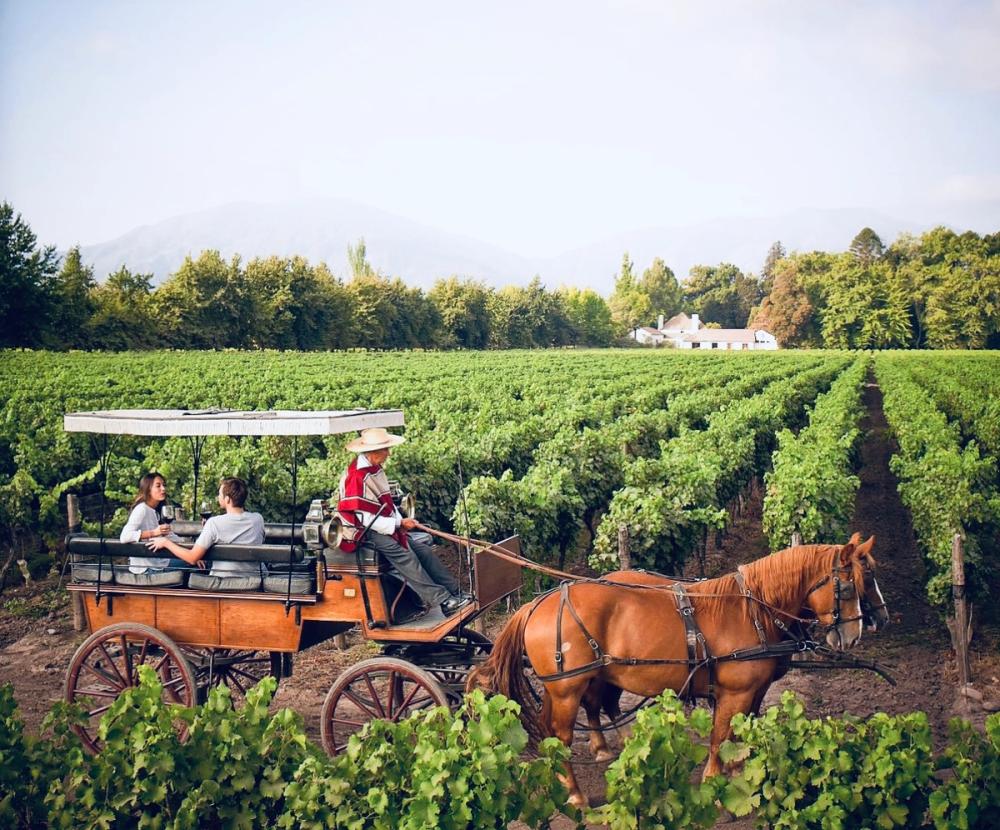
Wine tourism accounts for 20% of ViuManent revenue
Jose’s family arrived in Chile from Catalonia in the early 19th century. His grandfather, a second son, left the village he hailed from in the Pyrenees to seek his fortune and travelled through Brazil and Argentina before settling in Santiago where he met his Catalonian wife. They were part of a well-established Catalonian community of négociants with a significant stake in Chile’s nascent wine industry in the 30s and 40s.
This was, says Jose, driven by entrepreneurship more than family connections to wine; the Catalonians saw a business opportunity and grabbed it. Jose’s father was given the first option to buy the historic Hacienda San Carlos de Cunaco because he’d been buying their distinctive old vine fruit grapes for three decades. Renamed Viu Manent, it is now their flagship estate, with Paul Hobbs as their winemaking consultant and Patricio Celedón the chief winemaker.
Wine tourism plays a significant part in the success of the estate. Today, Viu Manent has two restaurants: The Food and Wine Studio, where famed chef Pilar Rodriguez works her magic, and Restaurant Rayuela. It also has a wine shop, tours, tastings and accommodation. Wine tourism represents between 15 and 20% of Viu Manent’s revenue.
As mentioned in The Buyer, 2023 was a terrible year for the wine industry in Chile overall. As a result, tourism brought in 20% of Viu's total sales. Interestingly, for a population accused of not drinking much wine, Chileans, not foreigners, made up 60% of last year’s visitors, a demographic Jose thinks owes much to the pandemic.
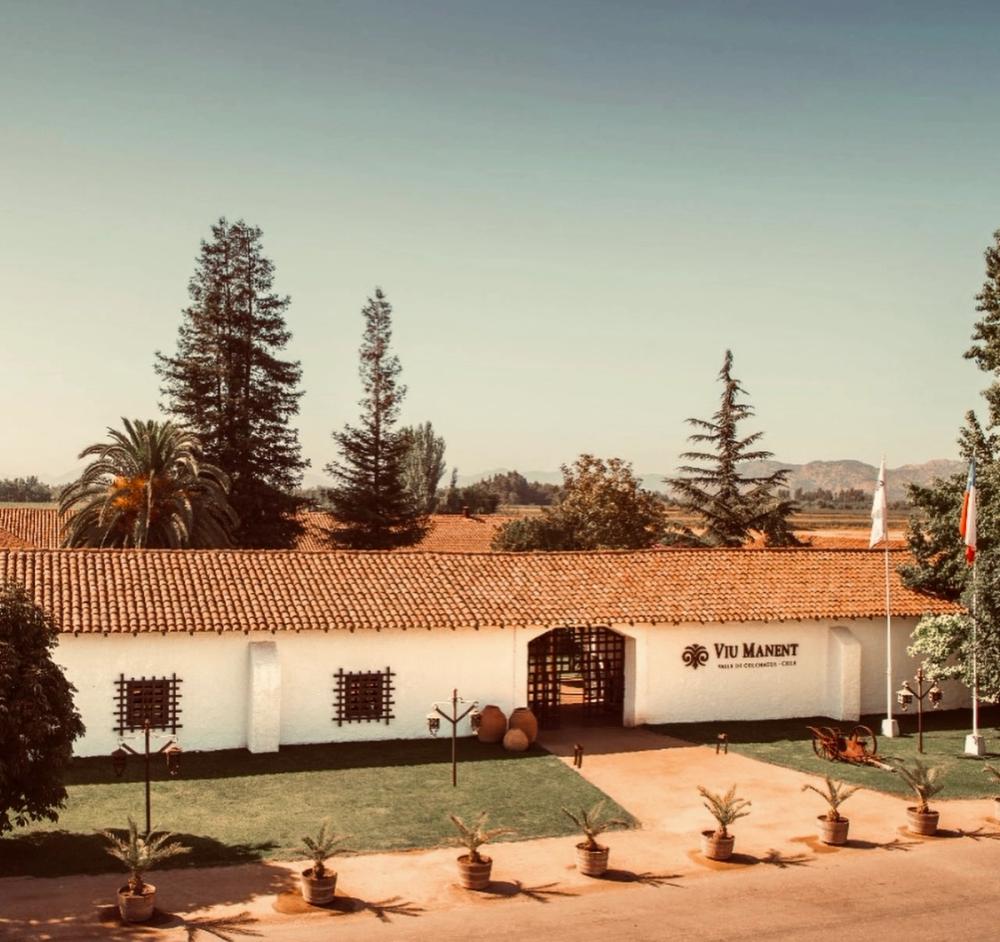
ViuManent has been producing wine under family ownership for 88 years
Jose joined the company in the early 90s when production focused on table wines for the home market. At the time, British importers like Cliff Roberson began to make a lot of money importing good, clean, bulk Chilean wine to European supermarkets. Jose saw this and decided to change the DNA of the company. Recognising the potential of the fine old vineyards the family already owned, he convinced his father to produce international fine wines for export from the beautiful 370-acre San Carlos de Cunaco estate in Santa Cruz, where the family's oldest plantings lie.
Aurelio Montes was Jose’s friend and advisor at that time. The two young bucks fired ideas off one another and fought to change the business’s mentality. Both saw Chile’s great potential for quality wine. Jose’s father was very much on board; he recognised the need for new technology and philosophy. He’d already diversified into bottle shops and haulage. His father before him made the leap into owning land.
Importance of export
Today, the company markets far and wide. I asked Jose if Viu Manent faces struggles in China, as other Chilean producers have reported, and where Viu’s key export markets lie.
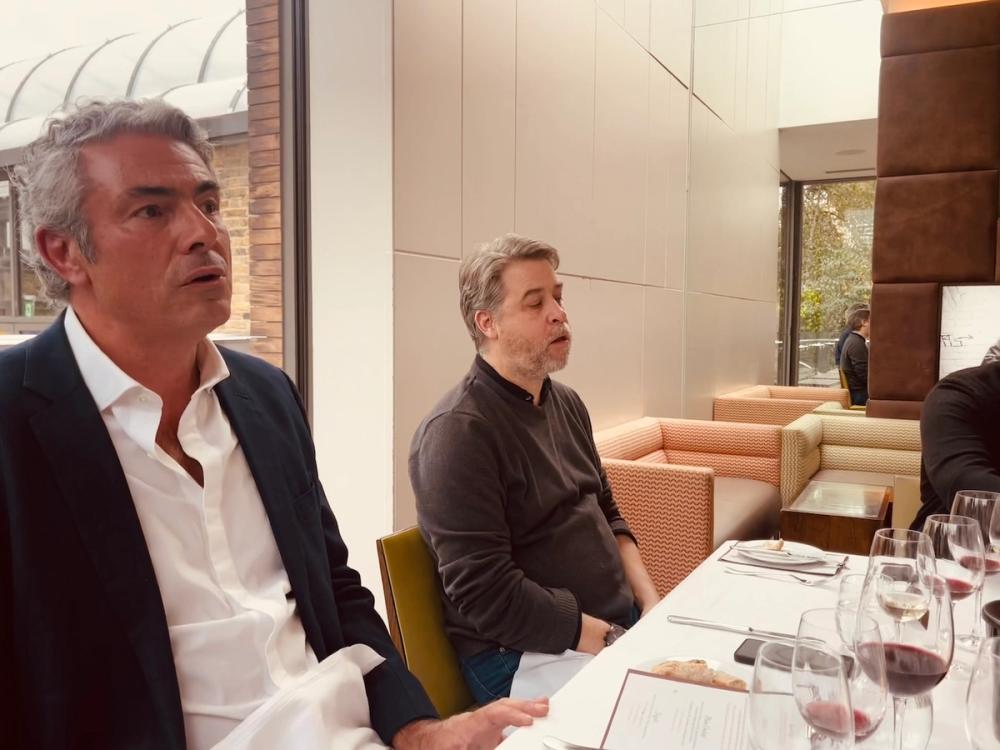
Viu Manent chief Jose Miguel Viu Bottini, Frederick's, London
“China’s wine consumption is very different from the rest of the world; they don’t yet drink wine at home. It's true that during lockdown, China returned to local alcohol, but the market is recovering. In China, wine is aspirational and has an opportunistic business mentality. It can be chaotic and informal, so many can fall prey to inexperienced importers. During the recent wine boom, that’s precisely what happened.”
“Many new labels were created for this reactive opportunistic market, but we understood this relatively early and decided it was not a good idea to produce myriad labels for every Chinese company that wants to import. We tried to create a brand with a story and pushed quality. We still have a chance in China. We are still pushing the sale of our high-end wines and trying to get the benefit out of that.”
“Brazil is a great market for us. It’s a big economy, and it has a great connection with Chile. There is an affinity; Brazil has sympathy for Chile that it doesn’t have for Argentina, and Chilean wines are number one in Brazil; the second in terms of volume is Argentina but at only half the Chilean volume… third are Portuguese wines. Brazilians holiday in Chile, they ski and visit the wine routes, too.”
“America is an important market, too, but it’s very variable. Our image in the US is good low-priced wines, so that needs to change; we need to keep trying, much like we are in Europe.”
How were the Viu Manent wines tasting?

Secret Sauvignon Blanc Casablanca 2023, 13.5% abv. 100% Sauvignon Blanc. Crisp, intense and lively with lemon zip, passion fruit, lime, sherbet pips, mineralic stone and a bat’s squeak of orange. There is a saltiness that speaks of Pacific influence. Eminently quaffable.
Tiny Trials Chardonnay Colchagua Costa 2020, 14% abv. 100% Chardonnay.
Natural ferment in steel and used French oak. Vibrant, silky, salty and smooth, puckeringly fresh yet richly round. Candied lemon, sherbet, apple blossom, and lemon posset.
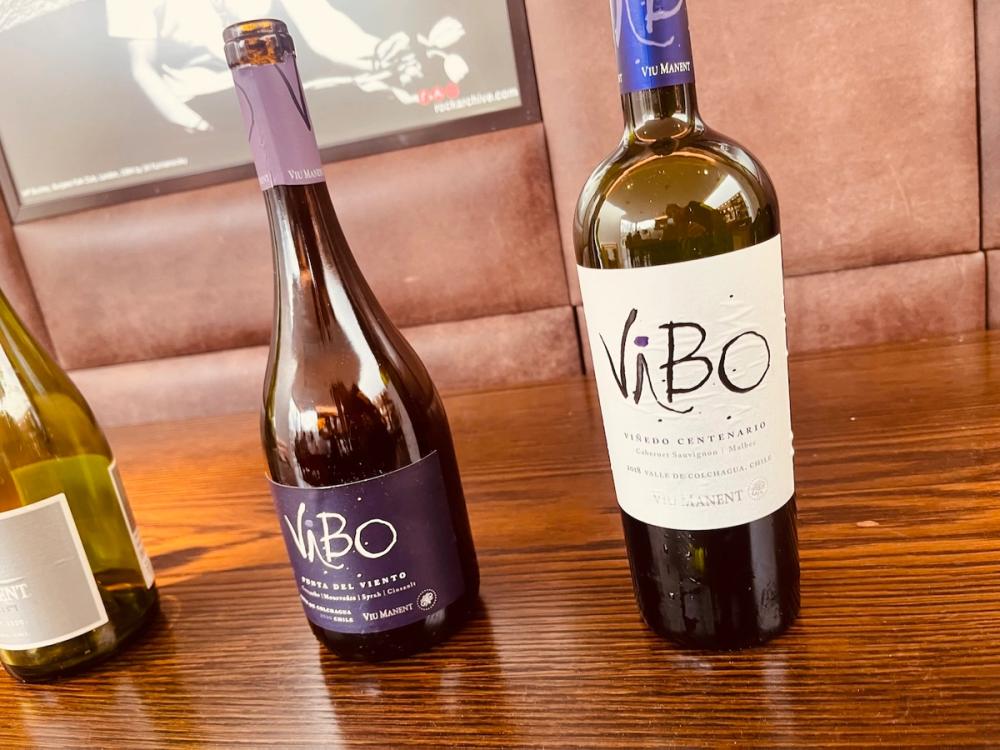
Vibo Punta del Viento 2020,14.5% abv. Grenache 61%, Syrah 22%, Mourvedre 17%.
Fruity, round, fresh and firm with a touch of peppery spice.
Vibo Viñedo Centenario 2018, 14% abv. Cabernet Sauvignon 60%, Malbec 40%.
Made from San Carlos de Conoco’s centenarian vines. 72% sees oak, 10% of which is new.
Silky smooth yet vibrant and zippy, a peppery, cherry noted, violet-scented, garrigue tinged quaffable sup.
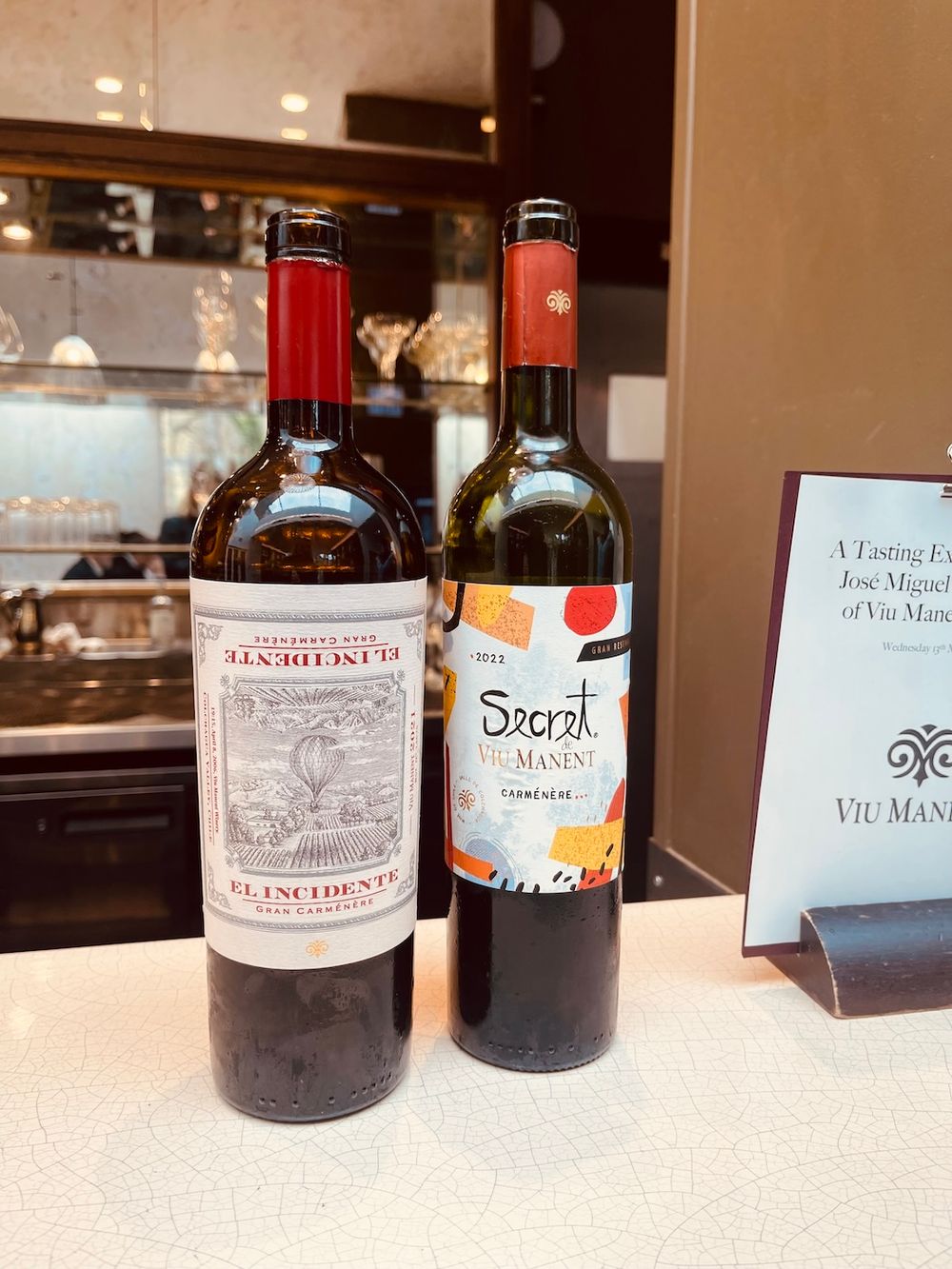
Secreto de Viu Manent Carmenére 2022, 14% abv. 85% Carmenére and 15% ‘secret’ grapes.
Raspberry, ripe plum, sour cherry, crushed peppercorn and chocolate nibs. Fruity dark and velvety with a hint of violet and rounded tannins.
El Incidente Gran Carmenére 2021 14.5% abv.Famously misnamed Merlot until the mid-90s, Chile now officially has the most Carmenére plantings in the world. Deep dark plum, Christmas spices, raspberries, crushed peppercorn, sweet cherry blossom. Structured, chalky and lusciously long.
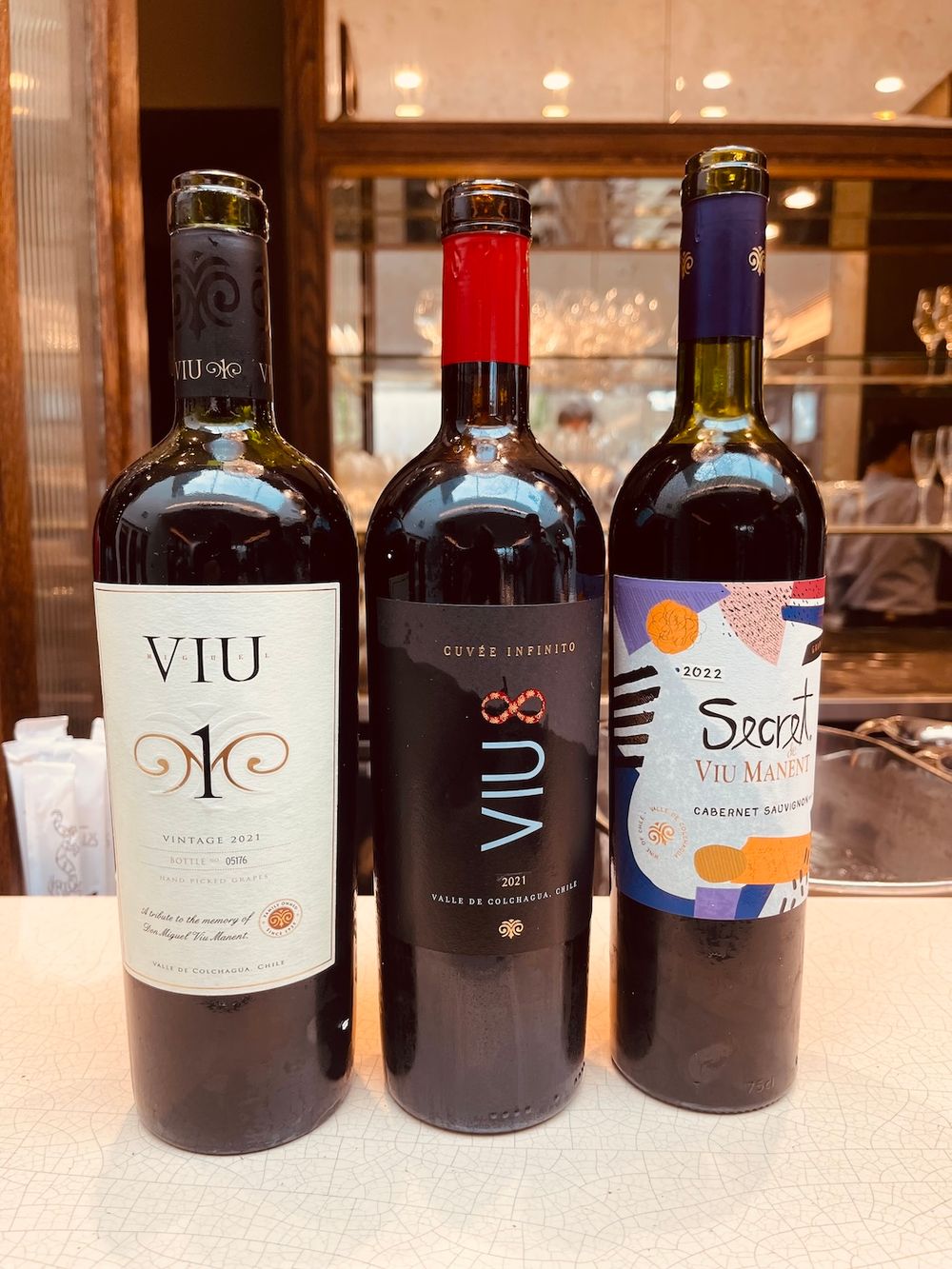
Viu 1 Malbec 2021 14% abv. Malbec 83%, Cabernet Sauvignon 17%. Deep, dark, velvety and delicious with silken tannins to caress the throat, dried rose petals, violets, iodine and a gorgeous note of garrigue. Layered, structured, fresh, and juicy with moreish savoury character.
Secreto Cabernet Sauvignon 202214% abv. Cabernet Sauvignon 85%, 15% undisclosed. The fruit is sourced from the winery’s San Carlos Vineyard near Cunaco in the Colchagua Valley. Complex, spicy and redolent with plum and moist toasted cigar.
Viu 8 Cuvee Infinito 2021 14% abv. Cabernet Sauvignon 78%, Malbec 17%, Cabernet Franc 5%. Made with fruit from the centenarian vines in the San Carlos vineyard. A fragrant elegant profusion of bramble fruits; plum, black cherry, blueberry and violets dusted with cinnamon, coconut, leather and cocoa nibs.
The wines of Viu Manent are imported and sold in the UK through Louis Latour Agencies which is a commercial partner of The Buyer. To discover more about them click here.

